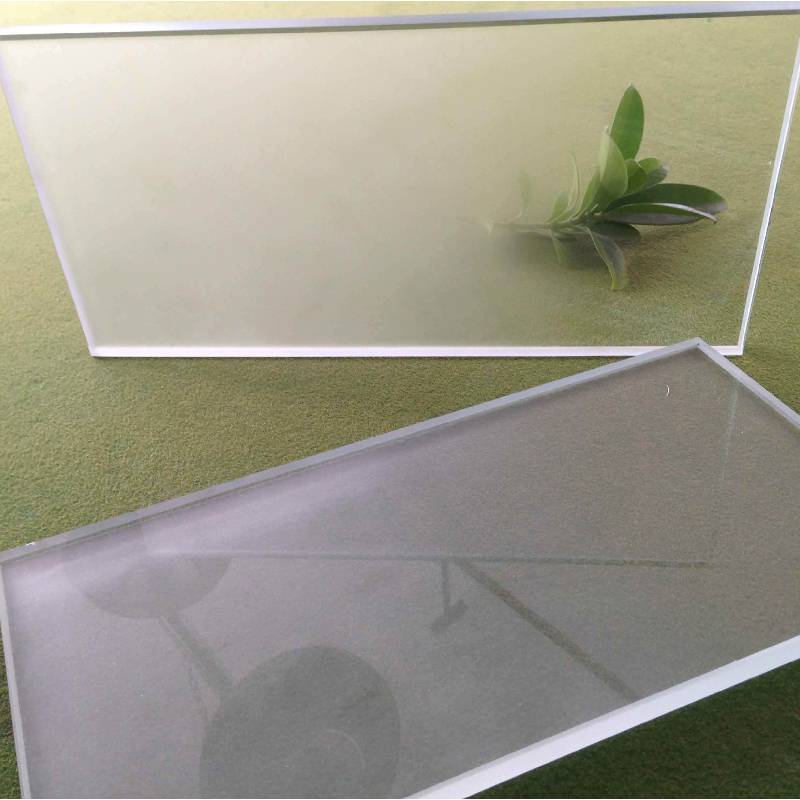

Understanding the Cost of Low-E 366 Glass A Comprehensive Insight
Low-emissivity (Low-E) glass has become increasingly popular in modern architecture and construction due to its energy efficiency and superior performance in terms of insulation. Among the various types of Low-E coatings available, Low-E 366 glass stands out for its unique properties and benefits. However, consumers often find themselves pondering the cost associated with this specialized glass. This article aims to provide a detailed overview of Low-E 366 glass, its advantages, and the factors influencing its cost.
What is Low-E 366 Glass?
Low-E 366 glass is a type of insulated glazing that features a microscopically thin, transparent coating to reflect ultraviolet (UV) and infrared light while allowing visible light to pass through. The 366 designation indicates a specific level of performance, where the coating is engineered to block heat from the sun during the summer while keeping interior heat from escaping in the winter. This dual action makes Low-E 366 glass an excellent choice for all climates, providing year-round comfort and energy savings.
Benefits of Low-E 366 Glass
1. Energy Efficiency By minimizing heat transfer, Low-E 366 glass significantly reduces energy costs associated with heating and cooling. Homeowners can see a decrease in their utility bills, making it a financially savvy investment in the long run.
2. UV Protection The coating helps block harmful UV rays, which can cause fading in furniture, carpets, and artwork. This added protection preserves the integrity and appearance of interiors.
4. Environmental Impact By improving energy efficiency, Low-E 366 glass contributes to reduced greenhouse gas emissions associated with energy consumption. Choosing this glass reflects a commitment to sustainability.
Factors Influencing the Cost of Low-E 366 Glass
The cost of Low-E 366 glass can vary widely depending on several factors

1. Material Quality The quality of the glass and the coating process can significantly affect price. Higher quality materials and advanced coating technologies typically lead to better performance and higher costs.
2. Thickness and Size Standard sizes and thicknesses may cost less, but custom sizes required for specific architectural designs can raise costs. Additionally, thicker glass may offer better insulation but at a premium price.
3. Installation The cost of installation can also influence the overall price. Employing experienced professionals for installation may incur higher labor costs but ensures proper workmanship and optimal performance.
4. Quantity Purchasing in bulk can often lead to lower per-unit costs. For large-scale projects, negotiating with suppliers may yield better pricing.
5. Location Prices can vary based on regional market conditions. High-demand areas may see inflated prices, while competition in other markets can lead to more affordable options.
6. Supplier and Brand Different manufacturers offer various pricing tiers based on brand reputation, warranty, and customer service. It's essential to research and choose a supplier who balances quality and cost.
Average Cost
On average, the cost of Low-E 366 glass ranges from $12 to $20 per square foot, including both the glass and the standard installation. However, this price can fluctuate based on the previously mentioned factors. It is advisable for homeowners and builders to obtain multiple quotes to ensure they receive a fair price.
Conclusion
Investing in Low-E 366 glass offers numerous benefits, from enhanced energy efficiency to UV protection and comfort. While the initial cost may seem higher compared to traditional glazing options, the long-term savings and environmental benefits can far outweigh the upfront expenditures. Understanding the factors that influence the cost of Low-E 366 glass can help consumers make informed decisions about their investments in building and renovation projects. Ultimately, choosing Low-E 366 glass is not just a functional upgrade; it is a step towards greater sustainability and energy efficiency in building practices.